Folk realism: The literature exploring England's legends and landscapes
As the Beast from the East bites in Britain, David Barnett is reminded of how little it takes to turn our world into a fairytale. It is here, between the two, that a literary genre has been reborn
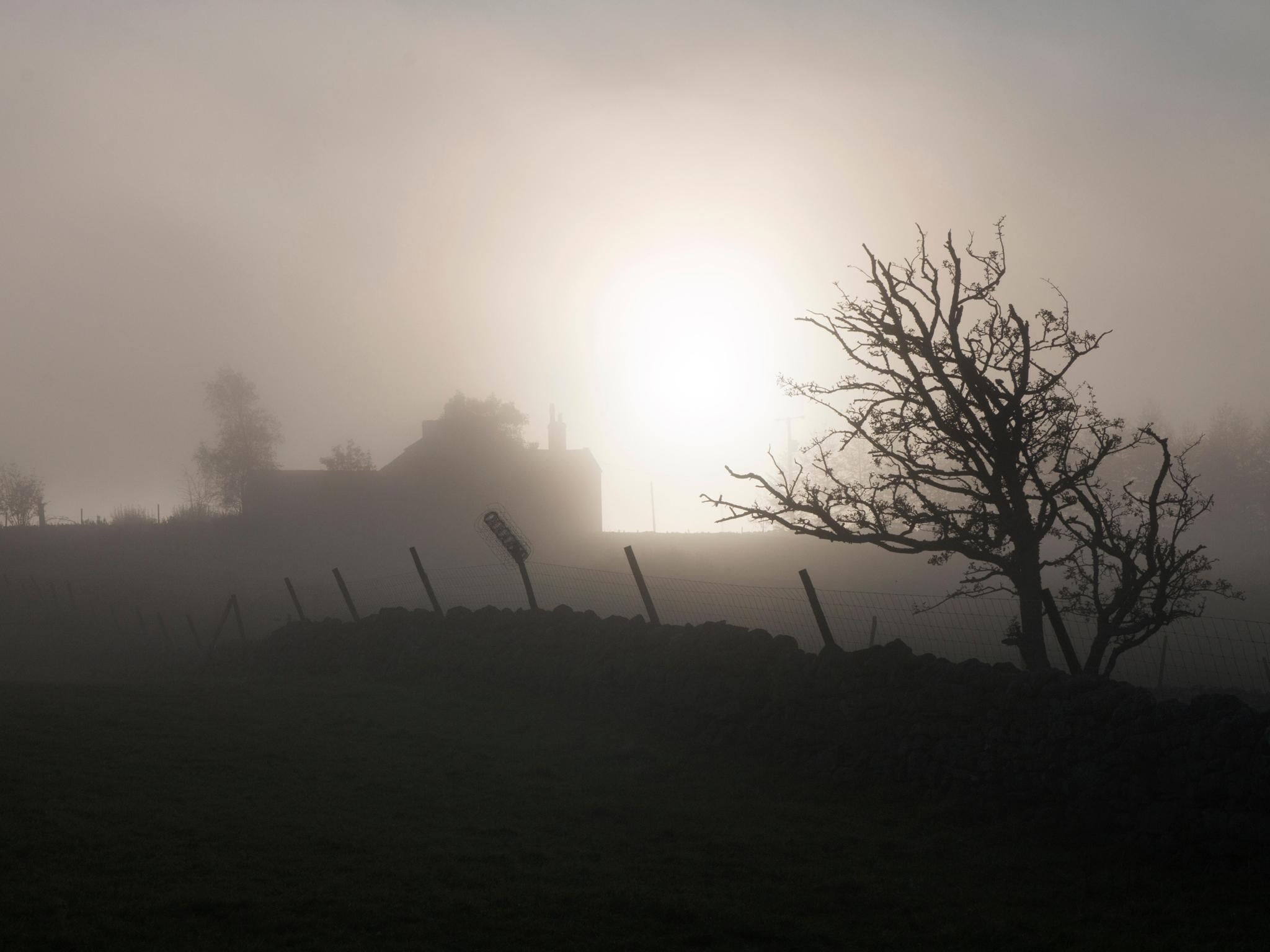
Your support helps us to tell the story
From reproductive rights to climate change to Big Tech, The Independent is on the ground when the story is developing. Whether it's investigating the financials of Elon Musk's pro-Trump PAC or producing our latest documentary, 'The A Word', which shines a light on the American women fighting for reproductive rights, we know how important it is to parse out the facts from the messaging.
At such a critical moment in US history, we need reporters on the ground. Your donation allows us to keep sending journalists to speak to both sides of the story.
The Independent is trusted by Americans across the entire political spectrum. And unlike many other quality news outlets, we choose not to lock Americans out of our reporting and analysis with paywalls. We believe quality journalism should be available to everyone, paid for by those who can afford it.
Your support makes all the difference.As I write this, the Beast from the East has its teeth in Britain, painting out in white the patchwork fields I can usually see from my office window, smoothing out the contours of the hills and dales, making indistinct the varied horizons.
It doesn’t take much to revert our lives to an earlier time. The main road near my house is indistinguishable from the pavements, the one untroubled by tyre tracks, the other barely disturbed by footprints. Along with the absence of the constant swish of traffic there are no voices save those of indignant birds, irate that their nest-building has been so forcefully put on hold by winds and snow. The schoolyard is silent, the factory still. Everyone is shuttered within their homes, waiting it out.
We are both in the normal world – cocooned in central heating, connected by phones and laptops, washed in the light from the television – and outside it; isolated, separated, remote. And that is the duality of a current trend in British writing which overlays contemporary lives on the older, darker backdrop of our heritage and folklore.
Writers such as Andrew Michael Hurley, Jenn Ashworth, Daisy Johnson, Fiona Mozley and Lucy Wood are ploughing this pastoral furrow, slamming the old ways up against modern mores, painting pictures that disorientate and confuse, yet captivate nonetheless, reminding us that under our veneer of sophistication we are of the soil that still breathes and remembers the old ways under the layers of tarmac and concrete we hide it beneath.
There’s a smattering of magic, or the supernatural, or folklore in all these writers’ books, but they aren’t horror stories. They’re not quite the magical realism of, say, Salman Rushdie or Gabriel Garcia Marquez, and they aren’t the folk horror of The Wicker Man or Blood on Satan’s Claw.
They occupy a liminal space between the two, live together in a house on the borderland, lurk on the threshold dividing folk horror and magical realism.
Let’s, for want of a better name, call it Folk Realism.
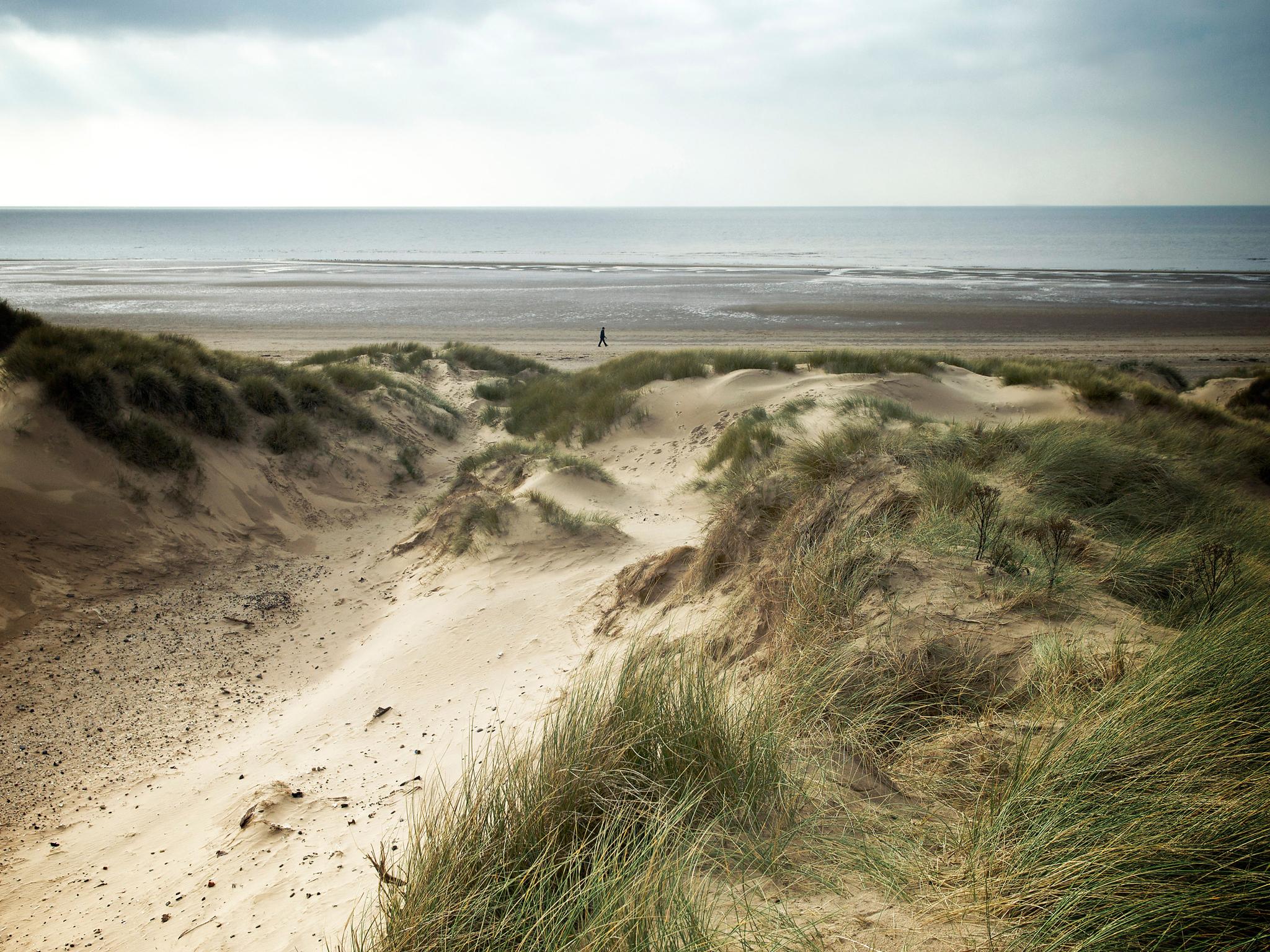
Andrew Michael Hurley’s first novel, The Loney, was initially published in just 300 copies by the Yorkshire-based independent press Tartarus, and swiftly picked up by Hachette imprint John Murray, from where it was named winner of the Costa First Novel Award in 2016.
It’s an astonishing debut, charting the story of a young man and his family’s pilgrimage to a religious shrine on the Lancashire coast, largely to seek spiritual help for the narrator’s brother, Hanny, who suffers learning difficulties and muteness. The spiritualism of the family is unorthodox compared to the once-a-week churchgoers, but grounded nevertheless, a Christianity that encompasses daily life in a matter-of-fact way.
But it’s once the party is at their retreat in Lancashire that things take a darker, almost delirious turn. The locals seem vaguely sinister without being cartoon villains, they seem slightly out of step with the visitors, seem to be following older, less well-trodden paths. Hurley builds up the tension towards a climax that is ambiguous yet no less heart-stopping than Edward Woodward’s poor old virgin policeman being burned to death on remote Summerisle while the islanders dance and sing, in Robin Hardy’s iconic 1973 movie The Wicker Man.
Hurley’s second book, Devil’s Day, out now, remains in Lancashire but heads further inland, to the vast tracts of valley and hill in the Pennines that separate the red rose county from its ancient enemy, Yorkshire. Here in the Endlands of East Lancashire, John Pentecost is returning home to the family farm with his pregnant wife, Kat, for the funeral of his grandfather.
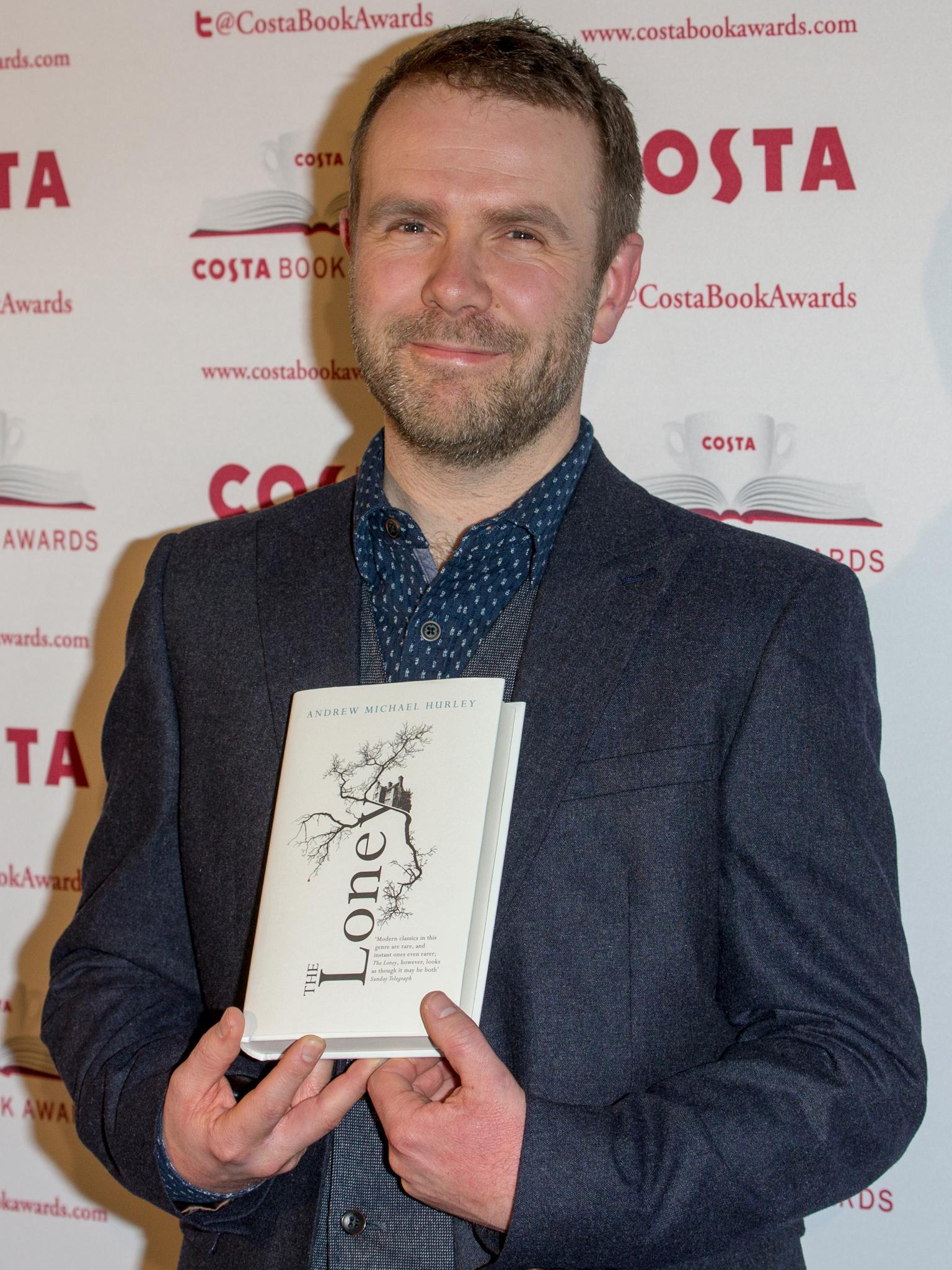
From the very off we have the sense that John has escaped from something, made a life that the rest of us would see as refreshingly normal, down south and away from the bleak, haunted land of his youth. But though a teacher enmeshed in modern life, John feels the pull of the old country, feels the ghosts that doze in the peat and turf on the windblown moors beckoning him back. By degrees, and to Kat’s dismay, John’s contemporary mores start to leak away the more he is around the farm and the remnants of his family and neighbours.
Devil’s Day is almost The Loney from the reverse viewpoint; whereas the first book was told from the perspective of visitors encroaching on a community with secrets and history, Devil’s Day sees us embedded in the Endlands and its ways, with the increasingly wary and disturbed Kat, the interloper who, we fear, cannot come out of this well.
The north seems eminently suited to our new-born genre of Folk Realism. Were I to set off walking through the piling snow drifts right now, I could in half an hour or less be in a place where only a pothole-pitted road, an occasional house and statuesque electricity pylons betrayed the presence of human life. A place with apocalyptic-sounding lanes like World’s End View and Egypt Road. The north has cosmopolitan life huddled in Leeds and Manchester and Liverpool and vast tracts of wilderness between.
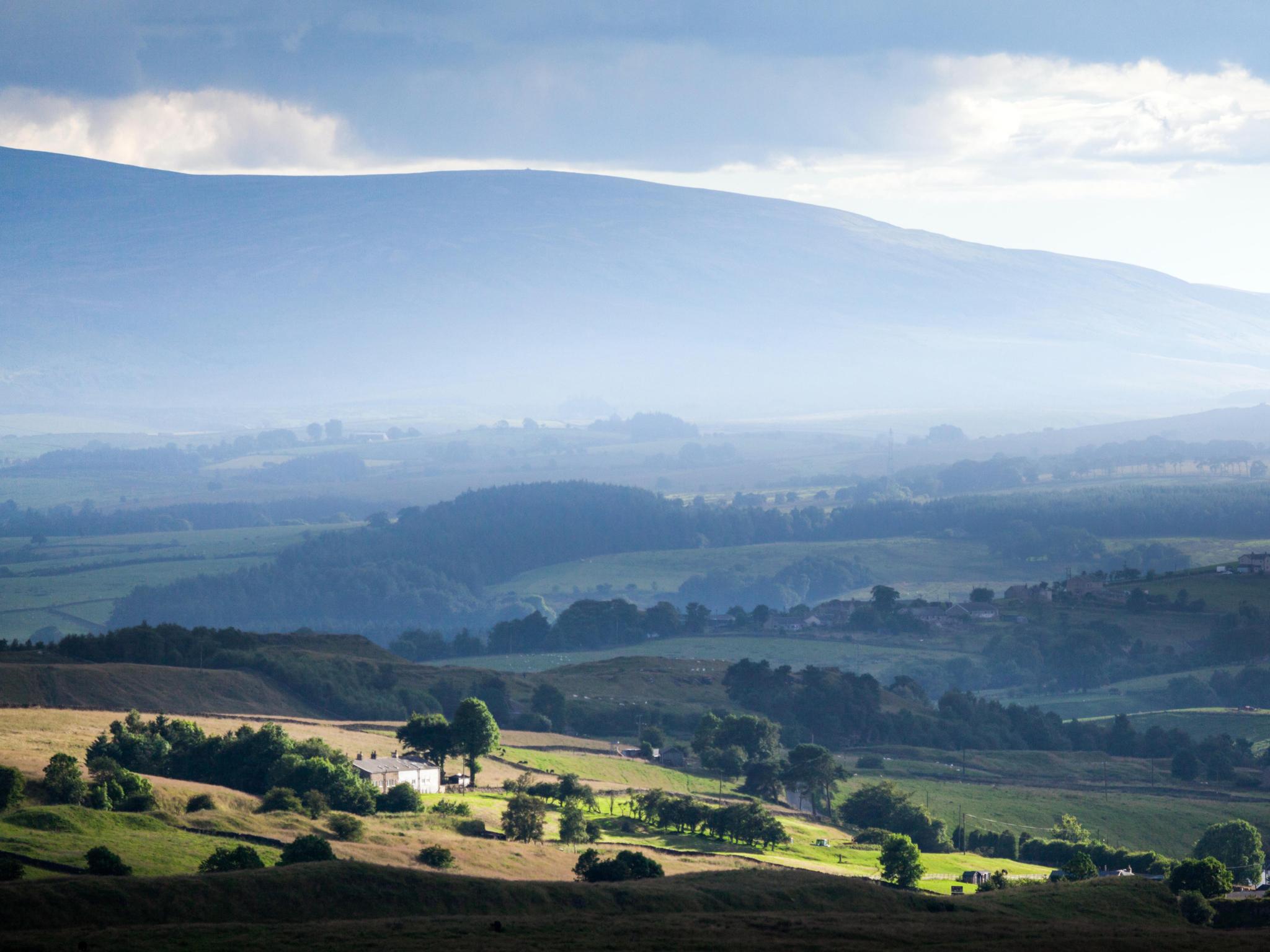
Like The Loney, Fell by Jenn Ashworth (Sceptre) takes place on the Lancashire coast, where Annette takes possession of her dead parents’ tumbledown home, which “lies on the outskirts of a little town, the grey houses and hotels and hydros huddled in the gentle lower slopes of the fells, tucked between them and the northern edge of Morecambe Bay”.
Though perhaps more urban in setting than Hurley’s books, the land encroaches no less in Fell, as Annette is faced with an invasion of tree roots and branches into the house she is in a hurry to get into a saleable state, and the infamously devious, mercurial tides and shifting sands of Morecambe Bay form an ever-present backdrop that refuses to stay still and manageable.
More than that, Annette’s dead parents, Jack and Netty, still drift on the still air of the house like the leaves from the pervading trees; indeed they narrate the entire story, watching Annette in the present and remembering their own lives, particularly the arrival of a mysterious young man called Tim, who may or may not have the gift of healing and could rid Netty of the cancer that permeates her.

Tim himself occupies a liminal place between the normal and the unknown, by turns hanging out with posturing young men at an outdoor pool and performing feats of shadowy, blood-soaked otherness that horrify as much as they captivate.
From Lancashire to Yorkshire, and Fiona Mozley’s Elmet (Hodder and Stoughton), shortlisted for the 2017 Man Booker Prize. The supernatural is not as much in the foreground here as in Hurley and Ashworth’s work, but seeps into the landscape just the same, lurking cat-like in the strata of legends and folklore that imbue this part of the world, its name an old, lost marker for a region that dates back to mediaeval times but, fittingly, which no one can quite agree on the physical boundaries of.
Daniel and his sister, Cathy, live with Daddy, a man-mountain of a bare-knuckle fighter who seems cut from the very rock of the landscape. The contemporary rubs up against the timeless; Daddy built a house with his own, bare hands on a piece of land he simply claimed, and lives an uncomplicated life that could have been lived three, four, 10 generations ago. Yet their home is beside the East Coast Main Line railway track, where trains thunder from London to Leeds and beyond, bringing the modern – albeit briefly, heralded by a whistle and then gone – into a world that seems composed of folk tales and lifestyles.
The north is eminently suited to Folk Realism, but it’s not the exclusive territory of it. East Anglia might not have the hills and valleys of Lancashire, but its sluggish waters and miles of fenland prove fertile ground for Daisy Johnson, who tells tall tales of uncanny modernity set in this sodden landscape in Fen (Vintage).
She tells stories of people we recognise, people we feel we could know, but their lives become damp with myth and legend. In the opening story, “Starver”, eels are caught by the barrel-load to feed the men who are draining the fens to build on them. But there are more eels than even an army of men could eat, or could care to, and the writhing masses are burned, perhaps wakening something in the squelching land beneath their feet. A century later, perhaps, Katy decides one day that she won’t eat any more, only her sister party to this unexplained decision, and only her sister seemingly aware. Starvation brings changes; a desire to breathe water rather than air, a gradual erosion of the human form, until Katy is finally set free by her sister into one of the area’s waterways. A prophecy finally satisfied? Vengeance obtained for the needless burning of the slippery denizens of the fens? Freedom, of sorts, from modern mores?
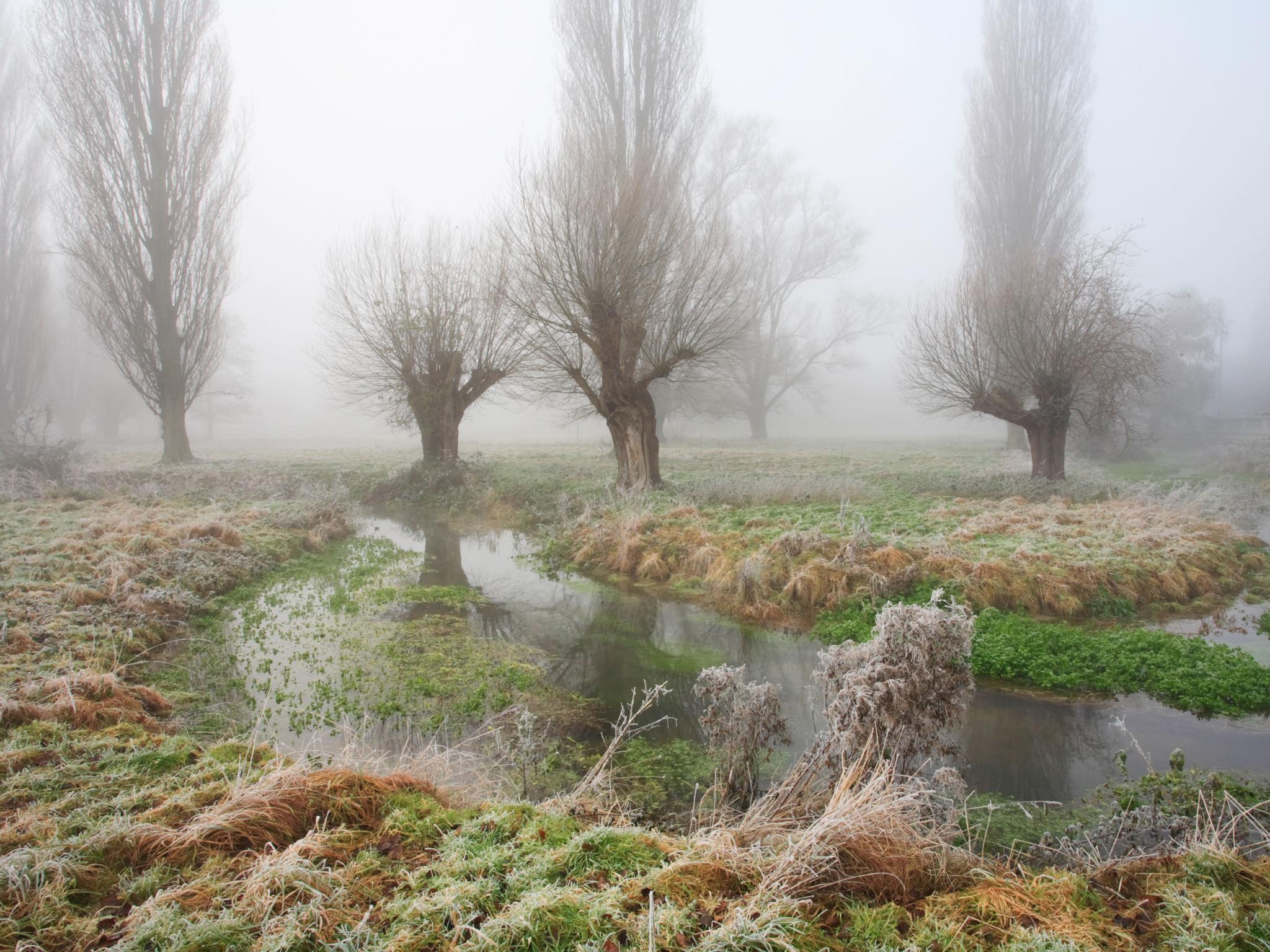
Johnson doesn’t explain, and Folk Realism means she doesn’t have to. We can all look at a cloud, or a gnarled tree, and make up our own minds what it looks like, or means. Johnson introduces nature and folklore and sexuality into contemporary lives, winds them up and lets them go and sees what happens. We talk of reclaiming land from the sea, like it was ever ours in the first place, or developing tracts of greenery, as though it was somehow unfinished, unsatisfactory.
Perhaps a companion piece with Johnson’s Fen is Lucy Wood’s 2012 collection Diving Belles (Bloomsbury). Wood’s stories are set in her native Cornwall, where you are never more than half an hour’s drive from the sea, and the coast is ever-present in all its elemental forms. Water seeps, then drips, then pours from the walls of a house. A woman turns slowly to stone, becoming one with the craggy, dramatic coastline. Fishermen secretly become mermen, frolicking in the green, deep waters.
There’s a sense that the landscape, the sea, is claiming back people here, rather than the other way round, reminding us that we might have crawled out of the surf millions of years ago, but we aren’t quite as evolved as we like to think. Wood followed Diving Belles with Weathering, which shares some thematic DNA with Ashworth’s Fell. Ada and her spirited daughter, Pepper, come to live in Ada’s dead mother’s house, but Pearl is still around, in damp handprints and riverside appearances, casting a critical eye over her daughter’s life choices.
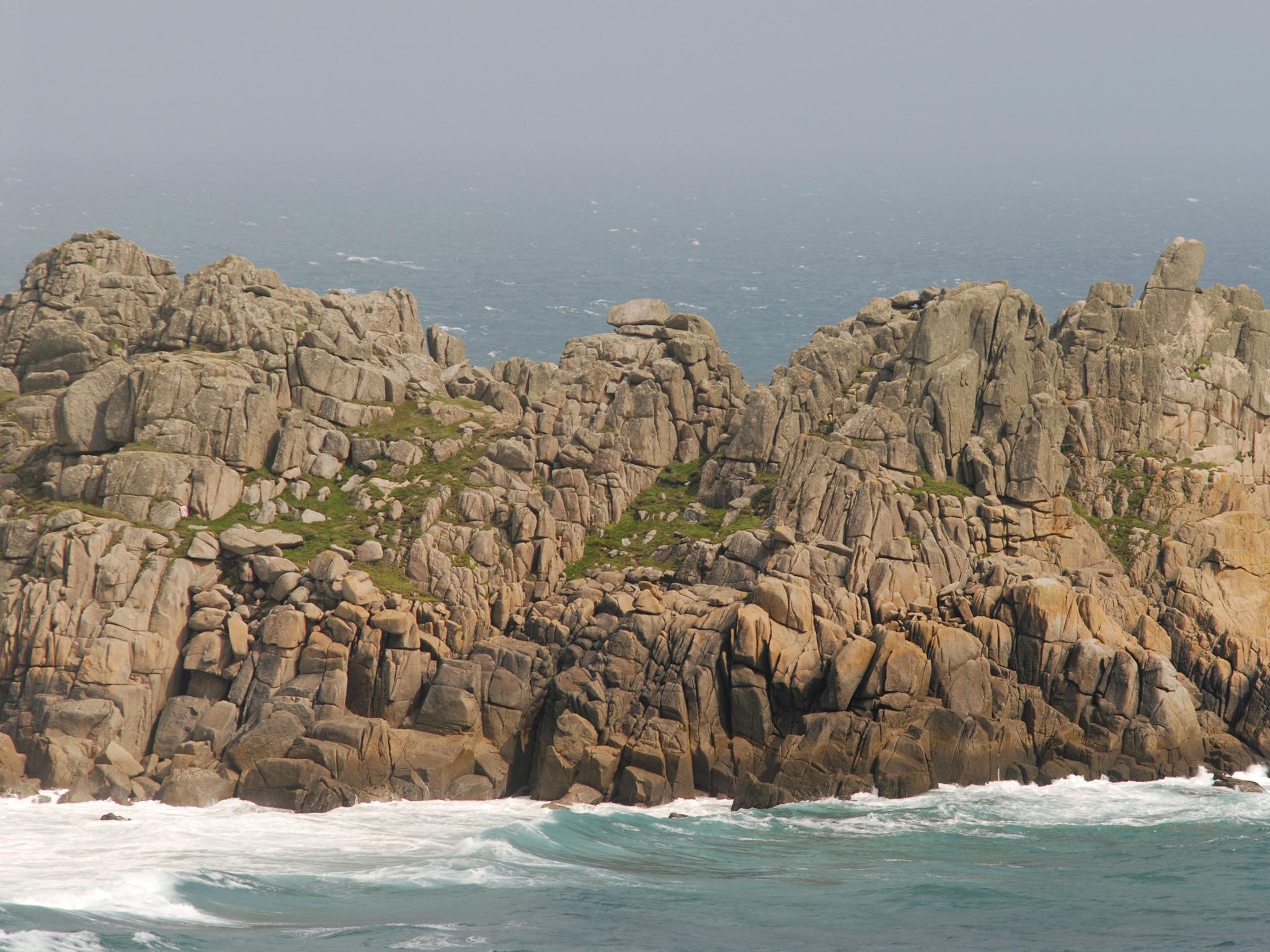
Folk Realism isn’t massively new, of course – there have been many authors who have written in a contemporary gothic style. Daphne du Maurier has mined the Cornish landscape, its dark history and its myths for her novels and stories, and one could throw around names such as Joanne Harris and Neil Gaiman, whose work has a mythical, folklorish quality.
Yet, these recent works by Hurley, Ashworth, Mozley, Johnson and Wood feel like the indistinct heralds of a movement, somehow, the standard-bearers of a literary sub-genre that melds the contemporary with the echoes of the past and the reverberations of the land, colliding the quotidian and the numinous without need for explanation or resolution.
These books of Folk Realism aren’t interested in tidy endings or lengthy justifications. Like the vagaries of the landscape or, indeed, the weather, they are what they are. They are bewitching and magical, disturbing and horrifying, and help us tether our transitory modern lives to the bedrock of all that has gone before.
Subscribe to Independent Premium to bookmark this article
Want to bookmark your favourite articles and stories to read or reference later? Start your Independent Premium subscription today.
Join our commenting forum
Join thought-provoking conversations, follow other Independent readers and see their replies
Comments